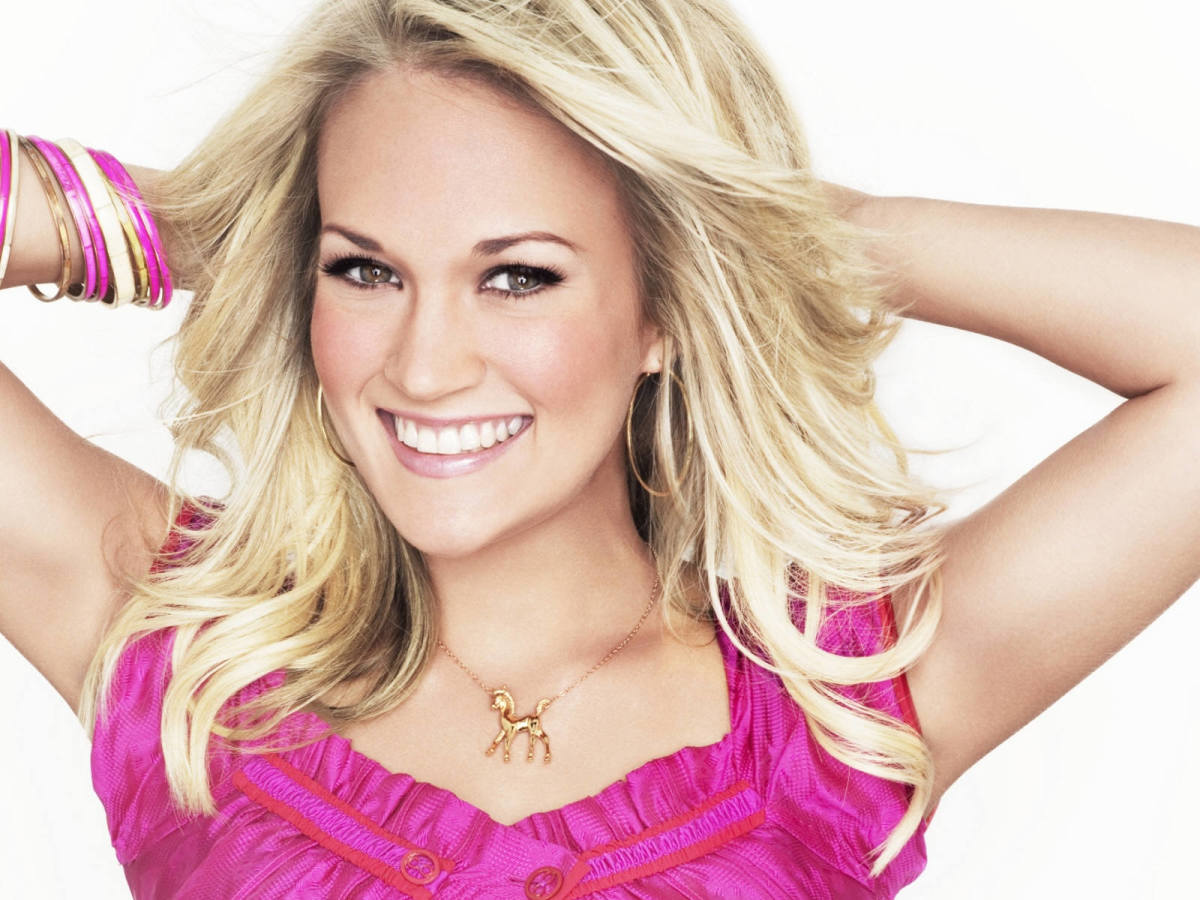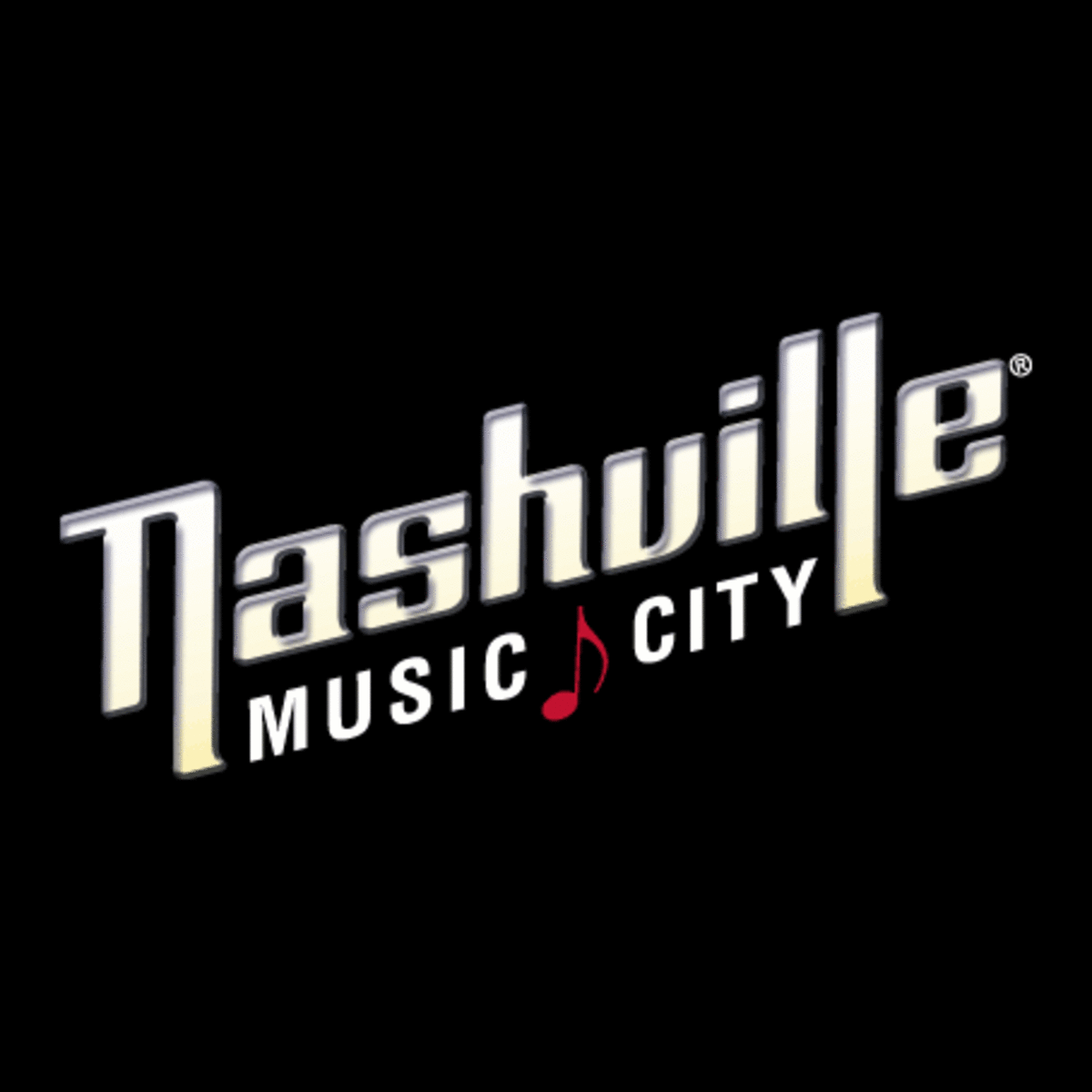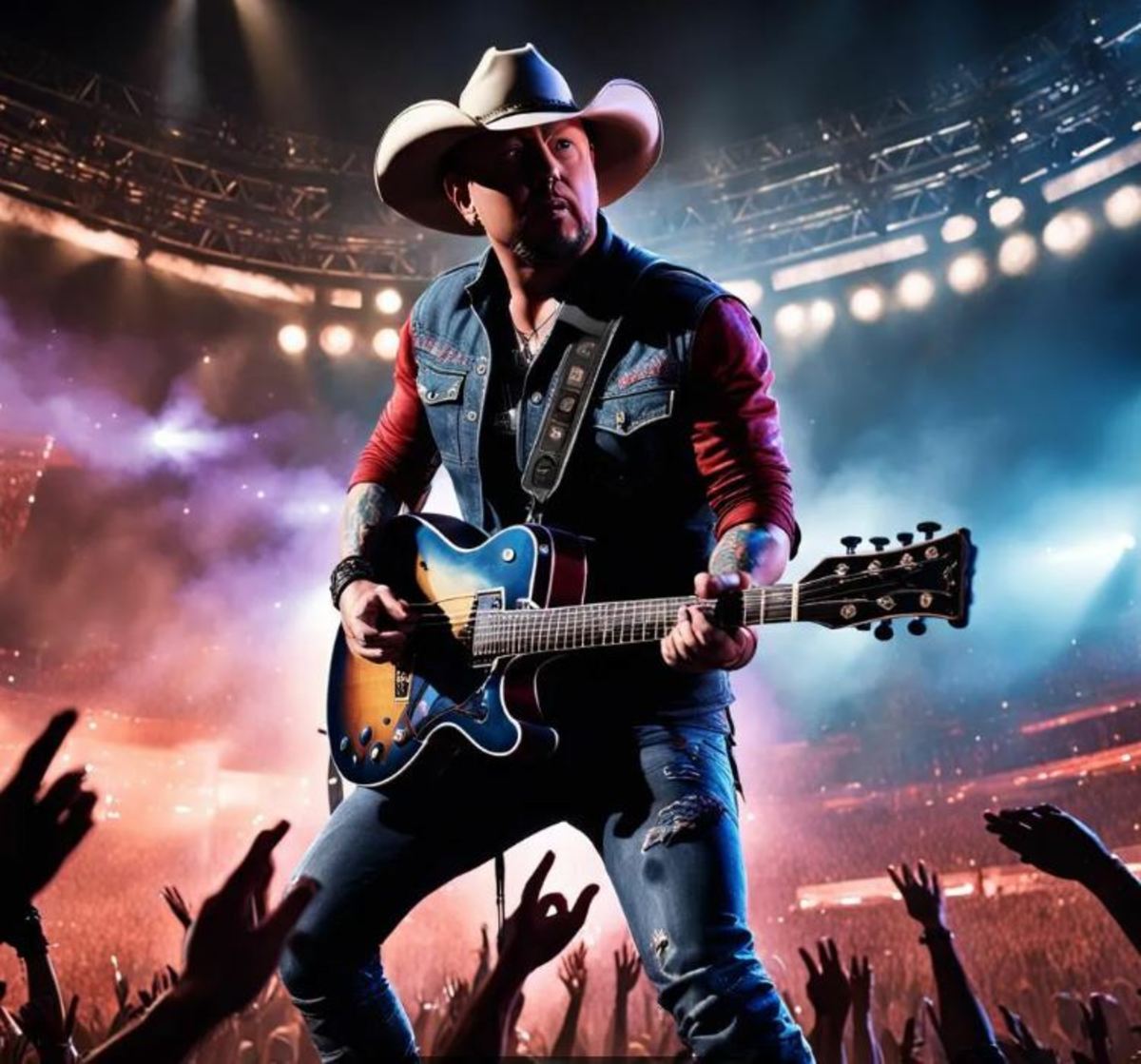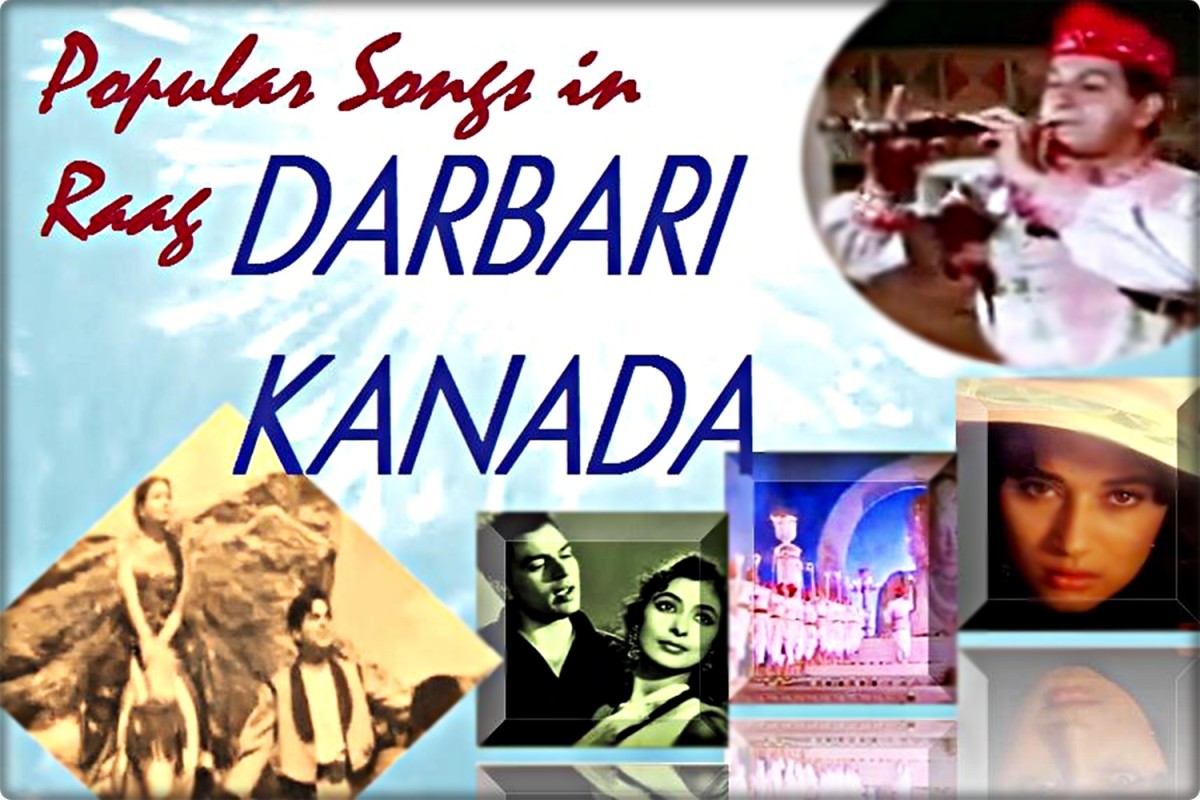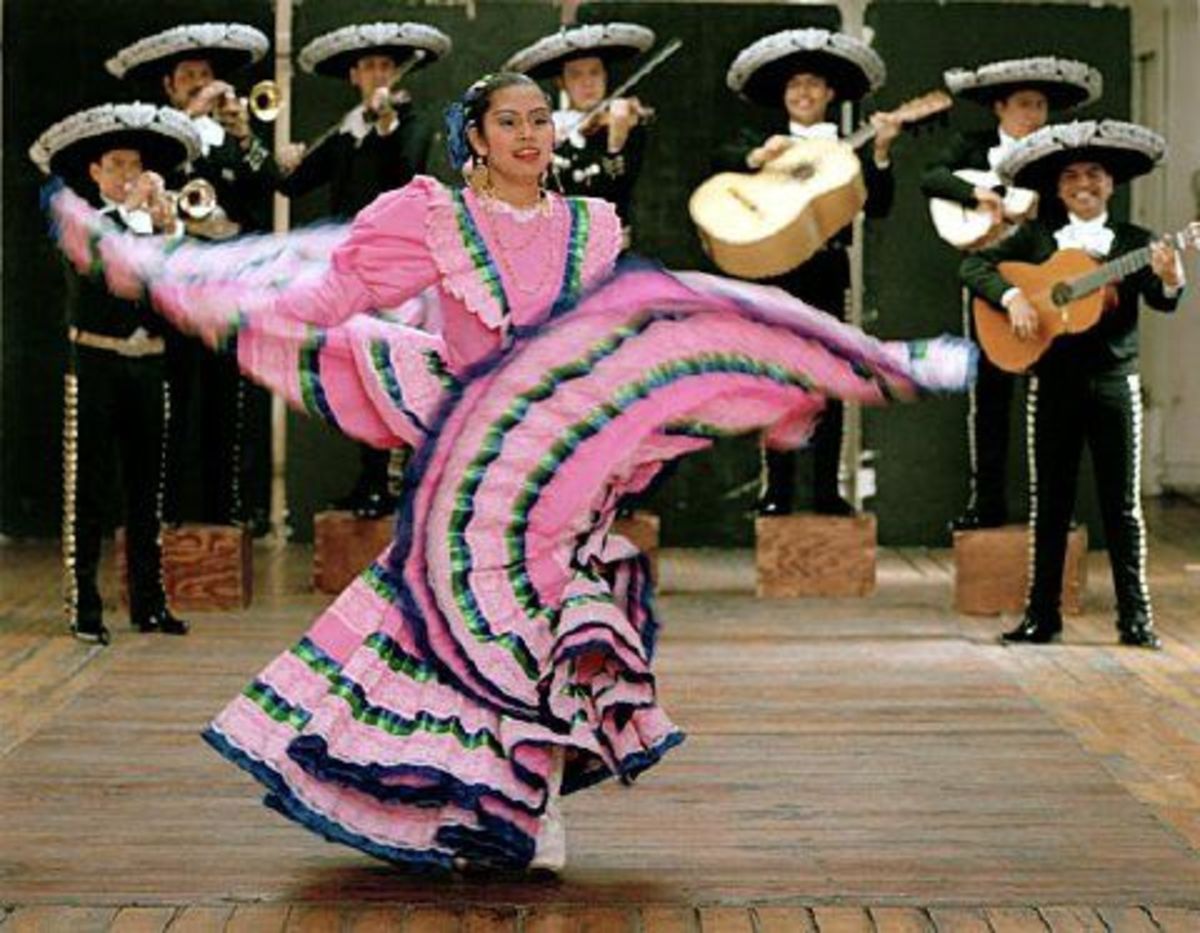Folk Rock and Australian Country Music: An American’s Guide to Paul Kelly
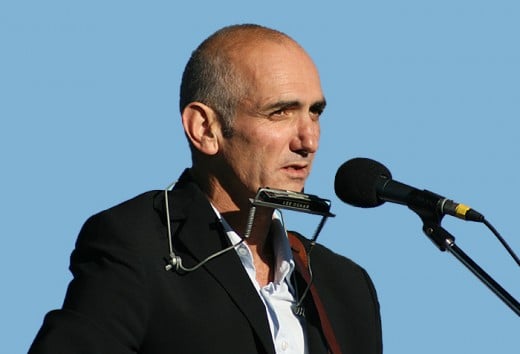
The wonderful music of Oz
In 1999, while working at an Australian clothing boutique in Kansas City, I was first introduced to Paul Kelly. His best-of album Songs of the South quickly became the employee favorite on our in-store music system. For years afterward, I searched to find Paul Kelly albums for sale in the United States. Surely such music, intelligent but raw, top-40 hits on every Australian radio station, would be popular in North America, too, if only people had a chance to listen. But even at the audio-visual department of the library where I was subsequently employed, my colleagues and I searched for three years before finding a single copy of a Paul Kelly album for sale in the U.S.A.
Eventually, I found a couple albums for my personal collection at secondhand music stores in Kansas City. I choreographed a dance to Kelly’s song “Love Is the Law” for a group of local fourth graders to perform at their school’s talent show. (They enjoyed the music but, of course, had no idea who Paul Kelly was.)
Since I had procured about three hours of Kelly’s music and joined his fan club online, my search waned significantly for several years. As a fan, my ears perked and my eyes opened wide when I chanced to hear or read something about him.Over the years of enjoying his music, I realized that Kelly’s voice, and much of his popular music, had some key elements similar to those of Peter Gabriel’s work. Then one day, while poking around on the internet, I found a biography of Paul Kelly that explained much of the reason for the difference between the accessibility of Kelly’s music in North America and that of Gabriel. Kelly has always been and will continue to be uniquely Australian. Unlike many subjects of the queen, he doesn’t intentionally replace Aussie slang with Americanisms. Additionally—and this is one of the things that drew me to Kelly’s music initially—many of Kelly’s songs are ballads about Australian history. While Kelly could change his lyric content to draw in more worldwide listeners, he chooses to stay true to his country and his heritage.
To me, this simply means that fans like myself need to help educate the North American public so that Kelly can get more, better press here. Consider this article Australian Social Studies 101. After reading this Hub, you should not only have a basic understanding of key points in Australian history, society and geography, but also know just enough to fully enjoy the music of Paul Kelly. If, in listening to more of his music later, you come across a lyric you don’t understand, use the tips I list here to do your own research and discovery. How often do you get the opportunity to learn about the wider world while listening to good pop music?
Much of Kelly’s marriage to his own cultural experience in music and performance actually gives the listener a sense of oneness with his experience, as though “everyman” resides in each tune, each rhyme, each rhythm, each emotion his songs evoke. The more “Aussie-centric” songs of Kelly’s, however, might need some explaining. I’ve taken four of my favorites to list here, along with links to Kelly’s performances of each.
How to Make Gravy
My all-time favorite Australian-based song by Paul Kelly is “How to Make Gravy,” with lyrics written in the form of a letter from prison. Stark reality and humor collide here as Kelly plays on the long-time worldview of Australia as a penal colony. Of course, the host of family members back home that our narrator addresses makes it clear that nowhere close to “everyone” in Australia is behind bars.
One of my favorite references in this song is the line that talks about how hot it will be on Christmas Day. It refreshes me to find some music that talks about Christmas without the jingle bells and snow. Who wouldn’t find the Christmas Kelly describes here charming, even with Roger around to fight?
Bradman
Do you love the songs and legends of baseball? Here is one about cricket. The song itself riveted me enough that I have since learned more than any Kansas native ever needs to know about the game. Most of what you need to know about Donald Bradman is indicated in the song. A few definitions will help:
SCG is the Sydney Cricket Grounds. While not mentioned by name in this particular song, Kelly alludes to it when he mentions “the roar of the grandstands.” A series of renovations in the 1980’s eliminated “the Hill,” a grassy area within the grounds with no built-in seating that once contained the least expensive general admission seats. While the SCG is still open today, Kelly mourns the loss of this poor man’s inlet to the game.
The team that came out from England (with Wally Hammond and Big Morris Tate) is the team that Bradman played against in his first Battle for the Ashes. This bi-annual cricket match is a feud that began in England in 1882 when the Aussies soundly beat the English in a match. One of the stumps was burned as the English mourned the death of English cricket, and nearly a century and a half later, the battle still rages.
What’s a “rabbit,” and why would that crack upset Bradman? An online search for cricket’s top rabbits will show you a list of the worst cricket batsman in history. Bradman, we know, was nothing of the kind. The ridicule is nothing more than cricket smack talk, similar to hollering, “We need a pitcher, not a belly itcher.” or “Hey, batter, batter, batter, swing.” at a baseball game.
From Little Things, Big Things Grow
The difficulties and mistreatment of aboriginal Australians came to light for the world at large during the Sydney Olympics in 2000, but the problems of abuse and racial tension sink much deeper than many in the northern hemisphere understand. This song about the Gurindji Strike or Wave Hill Walk-Off of 1966 gives insight into the actions of a people who until the 1880’s were able to healthily live off their own land. The introduction of cattle and other domesticated hoofed animals into their country destroyed life-giving vegetation. In addition, dingo hunters would frequently and wastefully shoot and kill kangaroo, an important food source for the aboriginals.
In 1966, Vincent Lingairi led the Gurindji in a strike against low-wages and unlivable conditions on Wave Hill where they had been working for minimum rations. It took time, but in 1975 the Australian prime minister, Gough Whitlam, returned native lands to the Gurindji.
Since that time land has been returned, and policies for the future have been made. Reparations, however, have not. Time will tell if aboriginal Australians will be truly granted a place among the prosperous citizens of the country.
The Ballad of Queenie and Rover
Queenie McKenzie was born around 1930 in the Australian Texas Downs where she lived her entire life. She met Rover Thomas when he moved with his family to the vicinity when he was about 10 years of age; and in 1950, when he was kicked in the head by his horse, she sewed up the wound so beautifully that, upon arrival, the doctor indicated that there really was nothing else he needed to do.
When they met, Queenie was a camp cook and Rover was a stockman. In the 1970’s, after working for 30 years as a stockman, Rover began to paint. Inspired by her friend, Queenie, whose first drawings were completed when she was over 50 years old, began to feverishly produce artwork. Several of her paintings are representations of the accident Rover had in 1950.
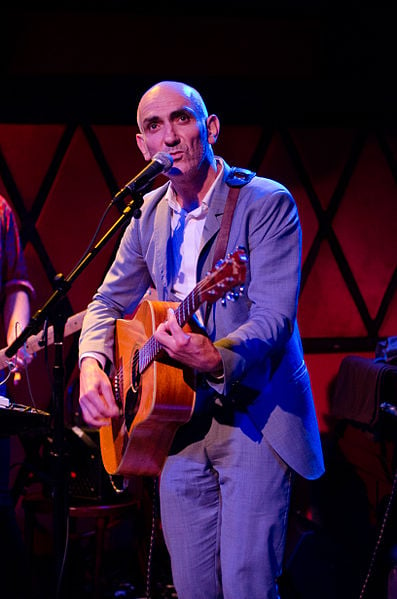
For more about Oz
For those of you who want even more information about Australia, the land and its people, an internet search is the best place to begin. While some of the online searches I did to create this article turned up very little, there are also some great books that can help. If you are interested, take the keywords listed on this hub and search away. What you don't find online, take to your local library. Especially when you are searching for aboriginal artwork and the Battle for the Ashes, your library will be the best place to start. Happy listening; happy reading; happy learning!



